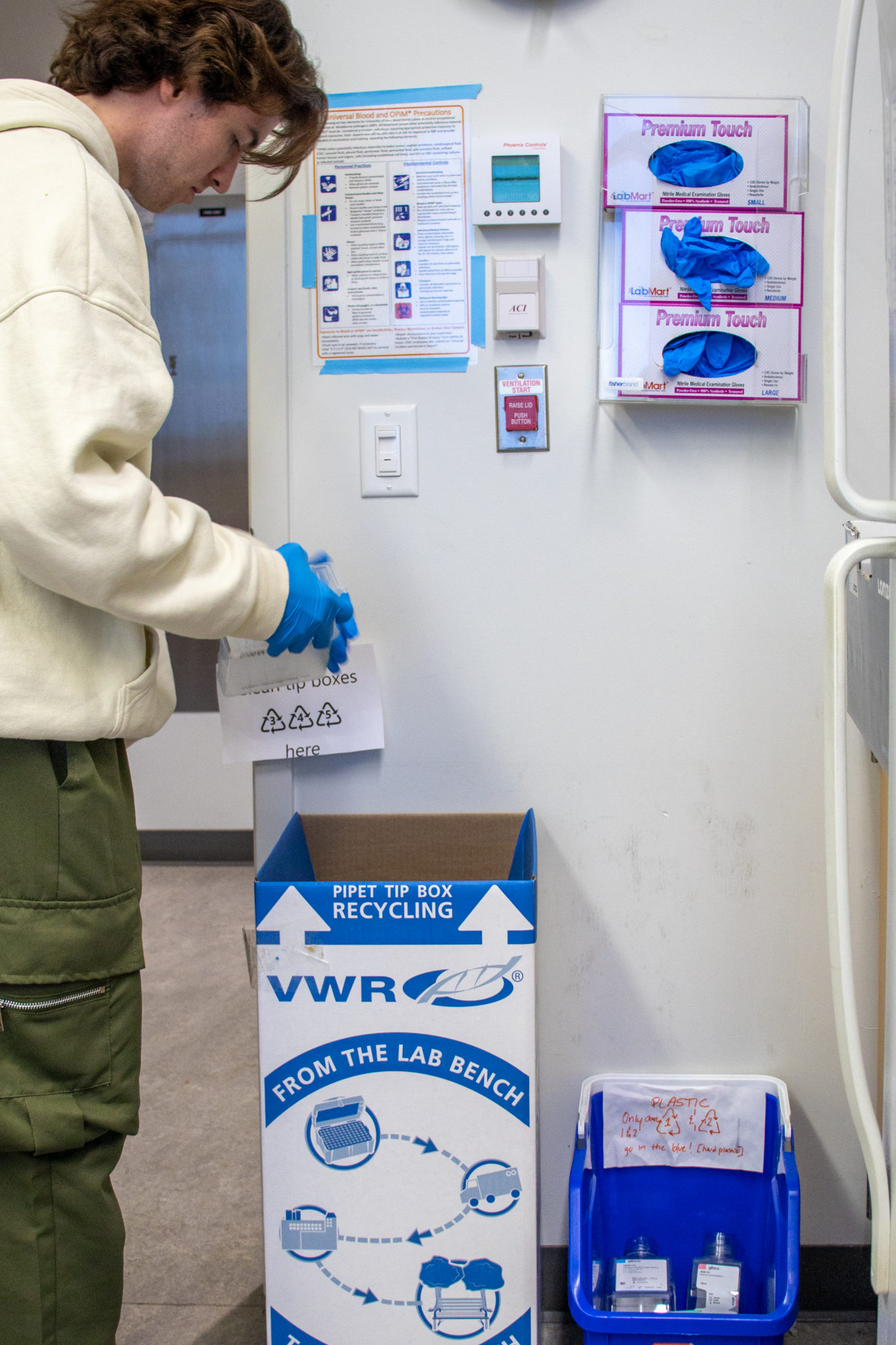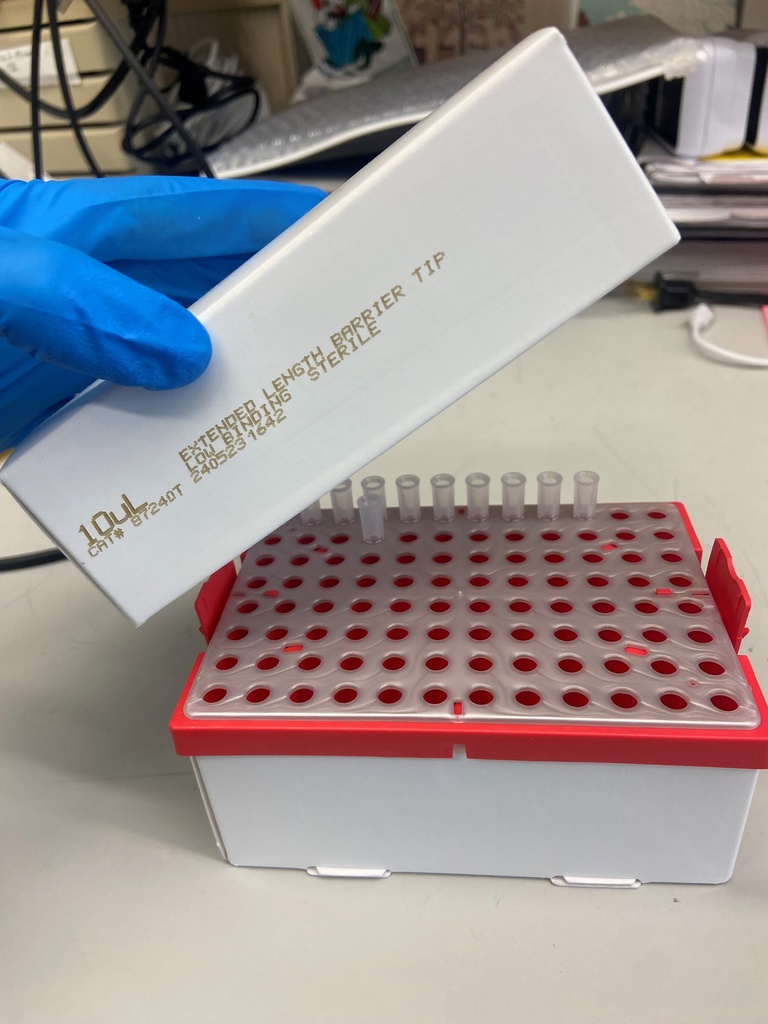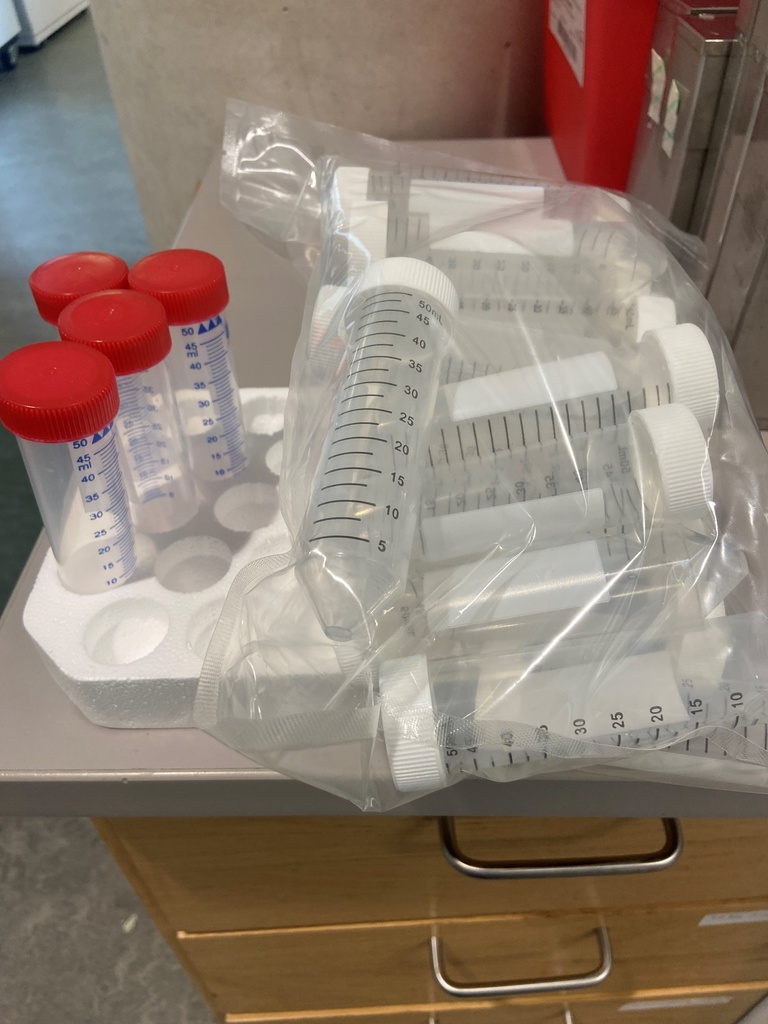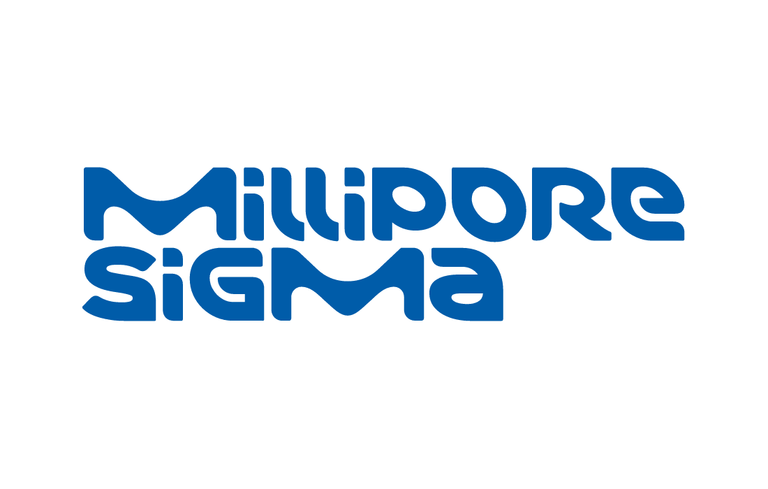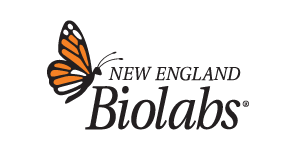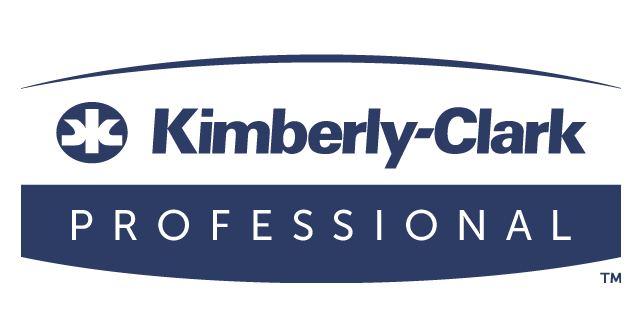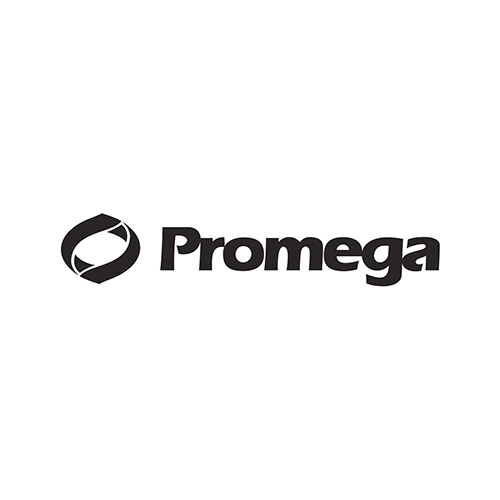Laboratory waste management
Wet labs produce large quantities of biohazardous waste. This is problematic, as biohazardous waste must be incinerated prior to final disposal, a process that requires extreme energy input (temperatures) and generates hazardous aerosol. The incineration process releases large amounts of greenhouse gases, air pollution, and heavy metals that can leech into nearby groundwater.[1]
Waste processing facilities are an environmental justice issue and can profoundly impact neighboring communities, which is the case at the largest medical waste facility in south Baltimore. Ask where and how your waste is being processed, institutions can demand better waste treatment options, but the best option is to reduce our input into the system.
We understand that treatment of infectious and hazardous waste is necessary, however:
85 %
PMCID: PMC9565833
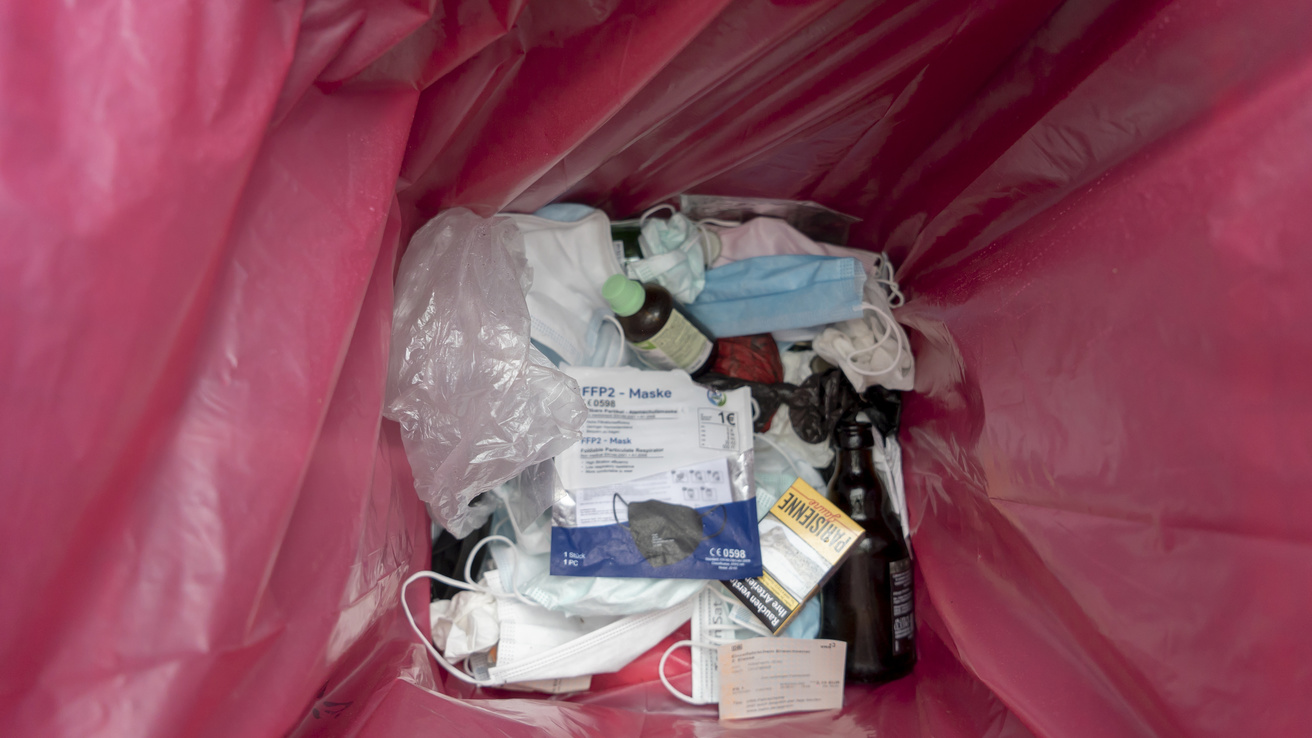
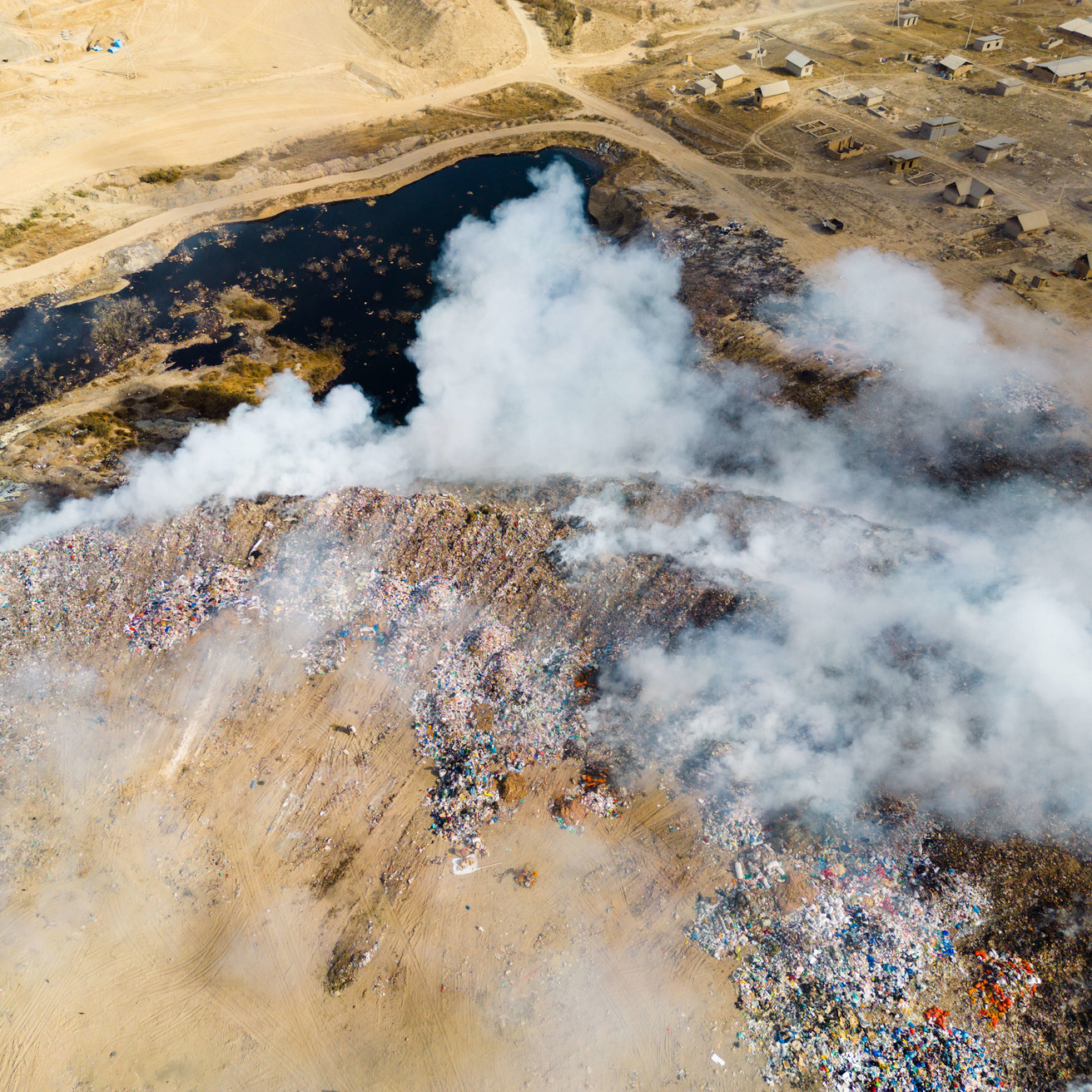
Because the majority of currently incinerated waste can go into general waste (or recycling), we strive to improve the waste stream. For example, media containing FBS is not biohazardous and can be rinsed then thrown into trash or recycling bins (At UI, #1 and #2 in the blue). Whenever possible, opt for reusable glass!
Our goal is to decrease and divert waste to appropriate channels to minimize the carbon footprint of our research without compromising on safety.
Read more about waste-reduction strategies below!
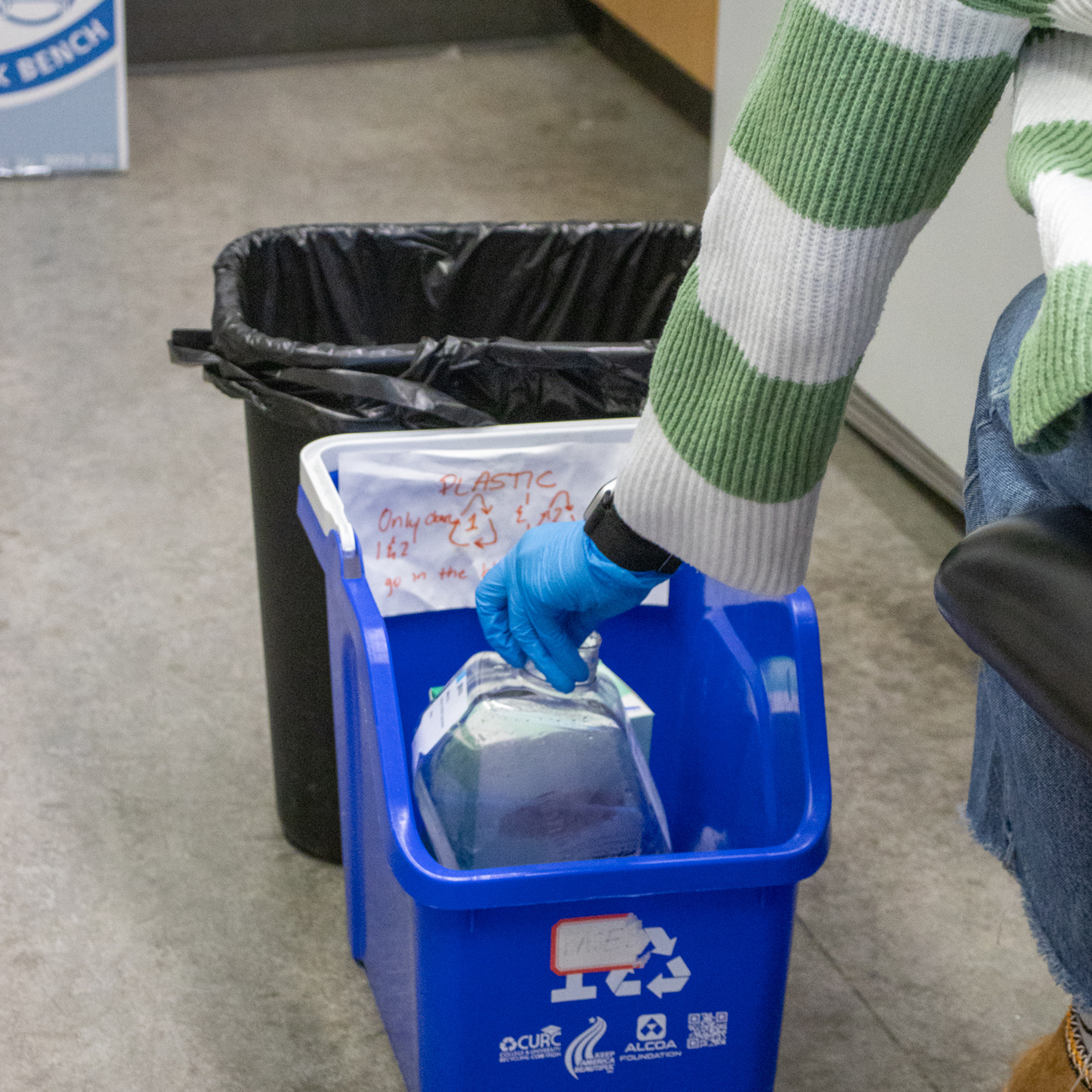
Facilitate convenient trash and recycling
The Cystic Fibrosis and Lung Biology Research core has had success diverting noninfectious waste from the biohazardous stream into the regular trash and recycling.
This was achieved by providing small trash and recycling bins aside the large red biohazard bins, and slightly reducing the number of available biohazardous containers. This effort was coupled with education for users regarding which materials are biohazardous and which can be collected by janitorial staff.
This climate action improves air quality and leads to less biohazardous waste production, which saves money, too. One full biohazardous waste bin costs roughly $200 to process.
Recycle when possible
Providing convenient recycling bins can divert waste out of the landfill entirely and reduce biohazard-related expenses.
Plastic: Most plastic products are embossed with a three-arrow recycling symbol containing a specific number in the middle. As long as the plastic did not house infectious material, any ♳ & ♴ plastic can be recycled through the university's main recycling stream ("#1 and #2 in the blue!").
Metal: Metal is extremely energy intensive to produce. Consider rinsing and recycling aluminum foil, cans, etc.
Paper: Paper is nearly universally recyclable (unless it is composite with plastic film). Help save trees and reduce energy by recycling all paper products and using 100% recycled paper.
Request the University start recycling #5 plastics!
Polypropylene, ♷, is the second-most widely produced commodity plastic and a very common material used in laboratory supplies, such as pipette tip boxes and conical tubes. Despite the City of Iowa City recycling #5, the University of Iowa does not allow polypropylene recycling.
Click the gold button to sign the petition to divert more of our research plastics from the landfill!
Purchase more sustainable products
There may be an less-wasteful alternative to some of your laboratory consumables. For instance, plastic conical tubes (50mL or 15mL) by default come with cumbersome styrofoam racks. By ordering rackless conical tubes, labs can both save precious grant money and reduce their waste production!
For another example, the current default plastic pipette tip boxes are non-recyclable, and contribute significantly to waste due to the sheer number of pipette tips required by the vast majority of biomedical wet labs. However, there is a cardboard-housed option. Just as sterile, but fully recyclable and biodegradable.
Biochemistry Stores has agreed to stock the rackless conical tubes and cardboard-housed pipette tips if enough orders come in, so inquire today! It might even save your lab some money!
Support companies with commitments to sustainability
For more complex products, the ACT label (Accountability, Consistency, and Transparency) eco-label is a My Green Lab's certified nutrition-style label describing the environmental impact of consumables such as chemicals and equipment. It is third-party verified, so you can be confident in products' transparency and impact. Buying products with the ACT label helps drive more companies towards sustainable practices.
For a comprehensive, creative list of reagent/supply substitutions and ideas, click the button below:
Reuse and recycle packaging through mail back programs.
Corning (along with subsidiaries Falcon and Axygen) launched a mail back program for plastic packaging materials. Shipping is pre-paid, all you have to do is collect the materials and ship back.
Kimberly Clark's RightCycle program offers to recycle uncontaminated and lightly contaminated nitrile gloves at no cost to the consumer (gloves must be KC brand).
Millipore Sigma will take return polystyrene coolers for reuse, all you need to do is tape it up and send it back (pre-paid return shipping).
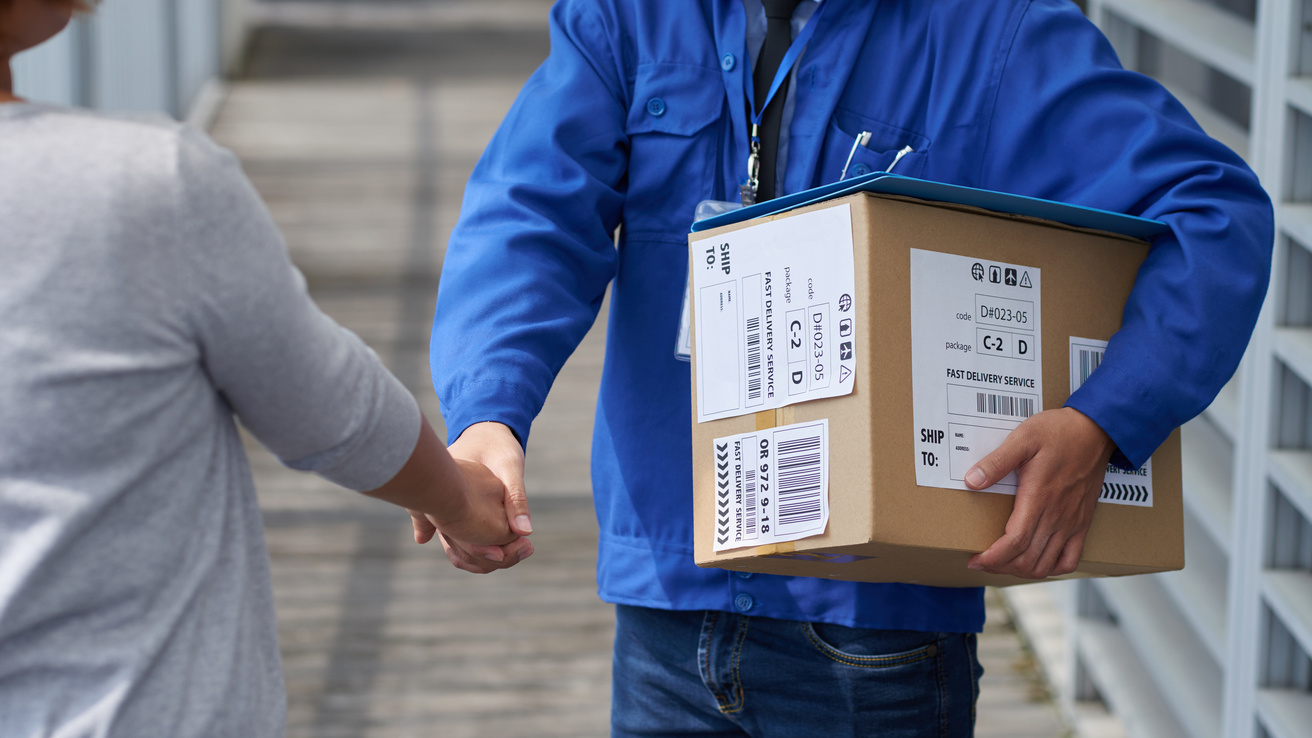
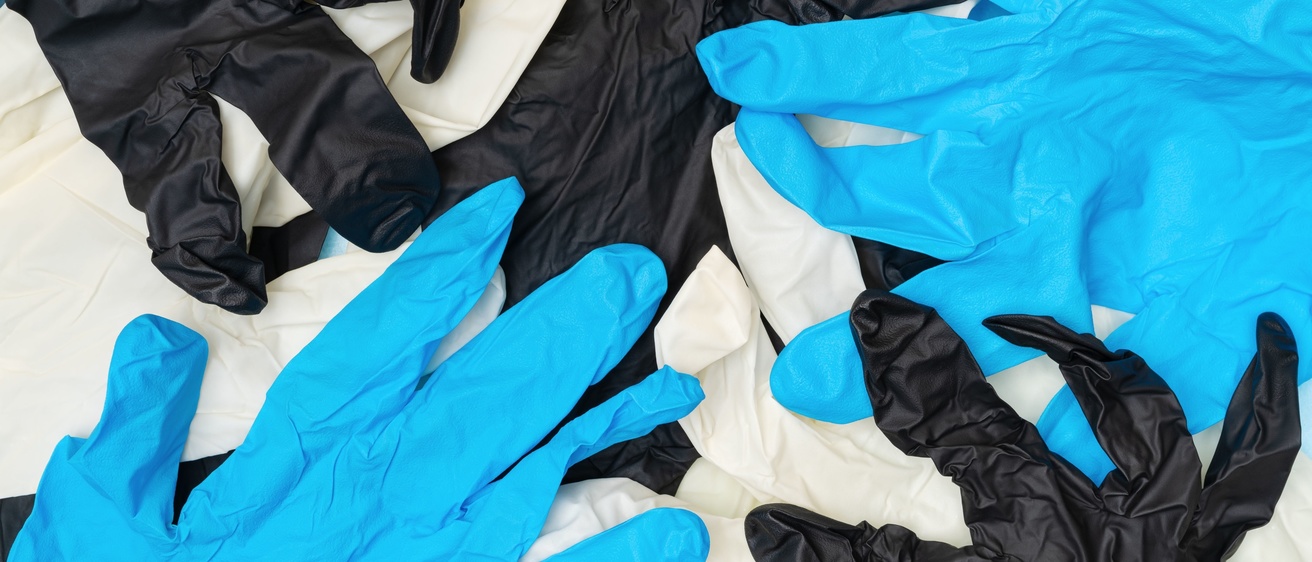
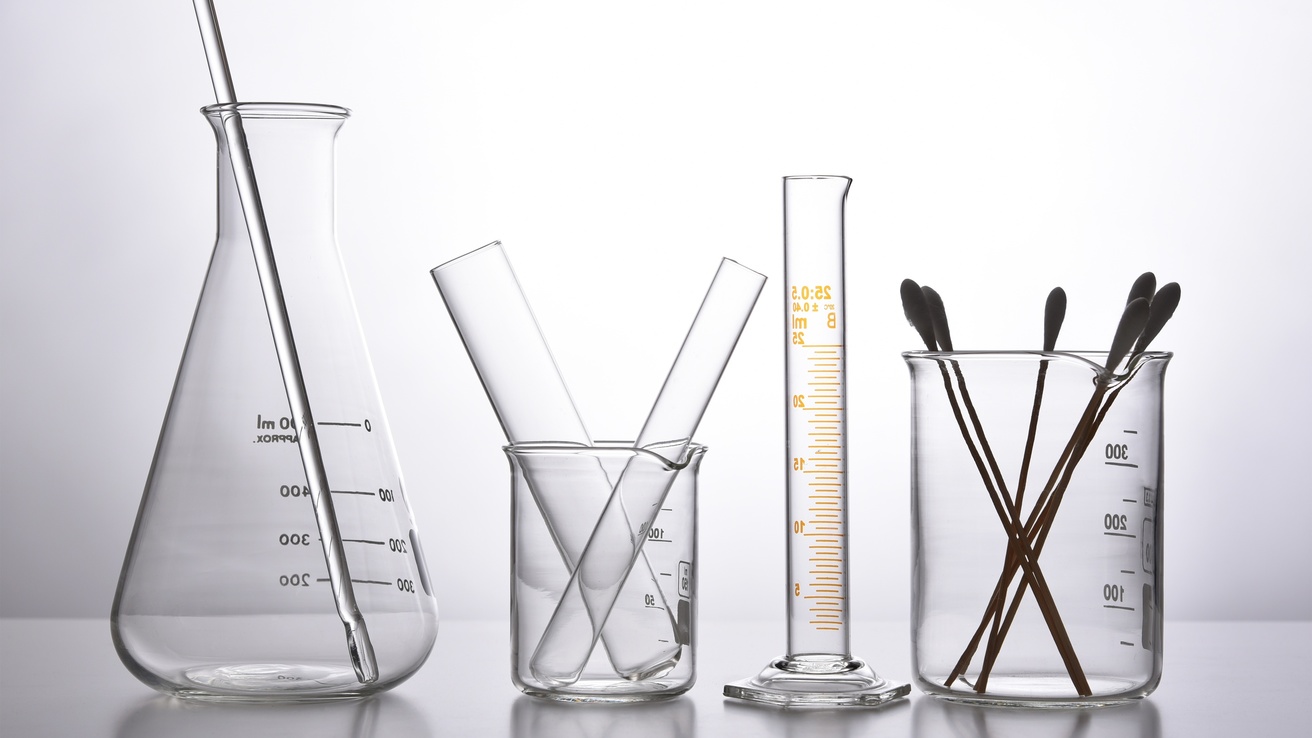
Consider large-scale changes
These changes may be more labor intensive or have a higher upfront cost, and therefore may not work for every lab or budget.
Glassware is more reusable than plasticware. Before you commit to pouring media in a plastic container, ask yourself if glassware may be an option. After all, it used to be the only option!
Unfiltered pipette tips can be washed and reused (manually or automatically), even for sensitive application such as ELISA[2], reducing the need for repurchase and shipment.
Solvents and their containers can be recycled through new technologies and industrial strategies, such as Sigma-Aldrich's ReCycler Solvent Systems program.
Pod-based cell culture media systems can reduce up to 65% of the carbon footprint associated with media production and transport. Dry pellets are shipped rather than pre-mixed liquid media, and custom blends are available.
Dry and semi-dry transfer systems reduce much of the toxic waste associated with Western blots (and time associated with transfer). Consider switching to a different system.
References
- Zikhathile, T., Atagana, H., Bwapwa, J., & Sawtell, D. (2022). A review of the impact that healthcare risk waste treatment technologies have on the environment. International Journal of Environmental Research and Public Health, 19(19), 11967. https://doi.org/10.3390/ijerph191911967
- Veyssi, A., Samineni, L., & Mohanty, R. P. (2023). Bio-Contaminated Plastic Micropipette Tip Sterilization Stations: Environmentally, Economically, and Energetically Viable Solution. https://doi.org/10.1101/2023.12.21.572721
